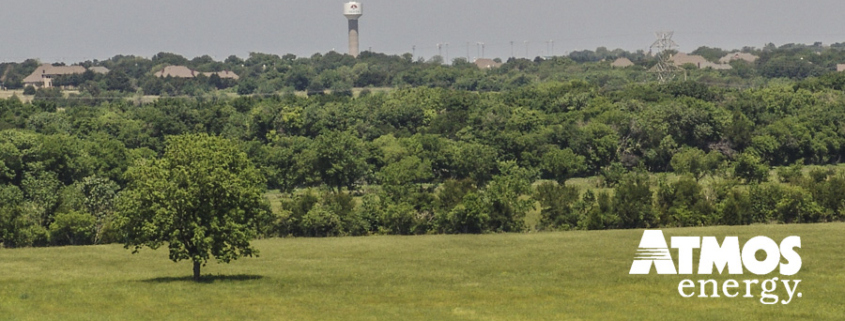What you need to know about natural gas pipelines
Pipelines carry natural gas around the clock to more than 74 million homes and businesses in the United States. Because they are underground, you seldom notice these energy superhighways. In fact, pipelines are one of the safest forms of transportation. They are involved in far fewer serious incidents than trucks, railroad, ships or airplanes.
Even so, it’s critical that you and your family follow these safety tips and know how to recognize and respond to a gas leak:
- Call 811 before digging – State law requires calling 811 to have any buried utility lines located and marked before digging. Striking a utility line can disrupt neighborhood utility services, result in large repair costs and fines, and cause injuries or loss of life.
- Use all senses to detect leaking natural gas – SMELL the distinctive odor; LISTEN for a hissing or whistling sound near a gas appliance or a roaring sound near a pipline; LOOK for blowing dust, bubbling water or dead vegetation near a gas line.
- Smell gas? Act fast! – If you suspect a leak, leave the area immediately. From a safe distance, call 911 and Atmos Energy’s 24-hour emergency toll-free number 1-866-322-8667. Learn more at: www.atmosenergy.com.

